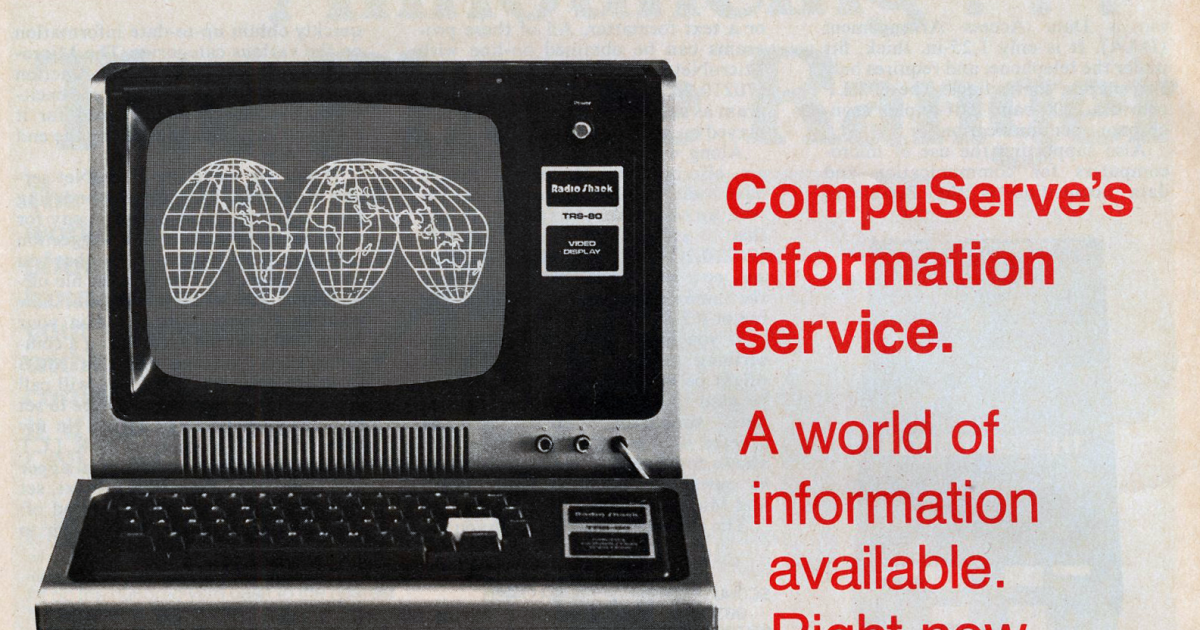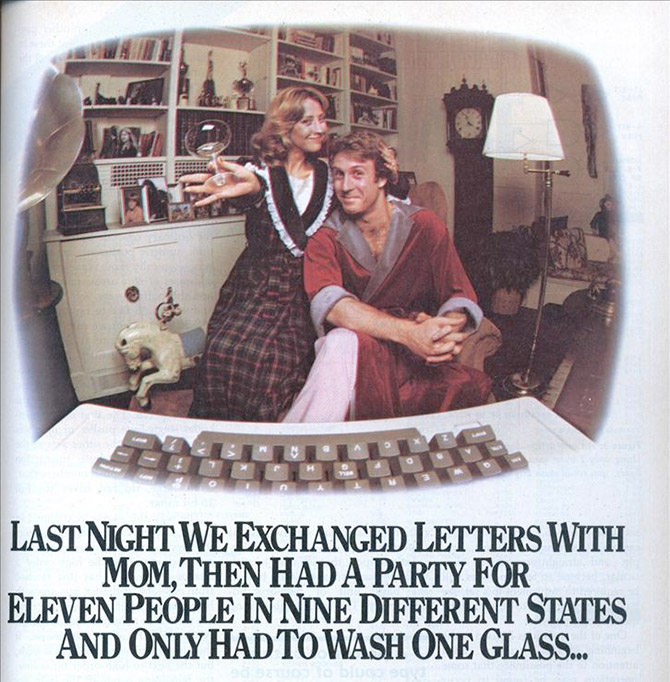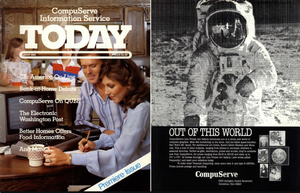Michael De Bonis of WOSU, an NPR affiliate in Columbus, Ohio, interviewed me for this look at the history of CompuServe, a pioneering information service.
45 years ago CompuServe connected the world before the World Wide Web
On September 24, 1979, Columbus-based CompuServe launched its online service for consumers. Its subscribers were among the first to have access to email, online chat, digital newspapers and the ability to share and download files.

De Bonis writes:
Former tech journalist Dylan Tweney covered the industry for decades and was an early Compuserve user. He still remembers his first email address, 72241.443@compuserve.com. He also remembers the first email he sent.
"I sent an email to my dad," Tweney said. His father, who was a professor at a university, had email access relatively early. "I was so proud," he said.
In those days, users would sit at their computers and dial a phone number with their modems, sometimes placing an actual phone receiver onto the device.
"The modem would make this hellacious noise. It would kind of screech and squawk," Tweney said.
[FX: hellacious modem noise]
"You'd be online and on your computer screen was a bunch of text," Tweney said. "So you'd get a menu of options that would appear as green text on your black monitor and you would type commands or press numbers to indicate which menu item you wanted."
While CompuServe pioneered putting news online, with digital newspapers including the Columbus Dispatch, it was text chat that proved to be CompuServe's killer app.
... CompuServe learned quickly that what computer users really wanted was human connection.
"But it turned out that what was most popular is not reading reliable news sources, but just shooting the breeze with your friends or arguing with strangers over politics," Tweney said.
De Bonis concludes with a great kicker:
"For a lot of people, CompuServe was a connection to the world and their first introduction to the idea that their computer could be more than a computer. It was a communications device, an information device,” Tweney said.
This is a well-done story, and I'm very pleased to be part of it.
See also a story I wrote about CompuServe in 2009 for WIRED:
This Day in Tech: CompuServe Debuts
Sept. 24, 1979: First Online Service for Consumers Debuts The company known as Compu-Serve, and later CompuServe, opened its doors in 1969, providing dial-up computer timesharing to businesses. Ove…



